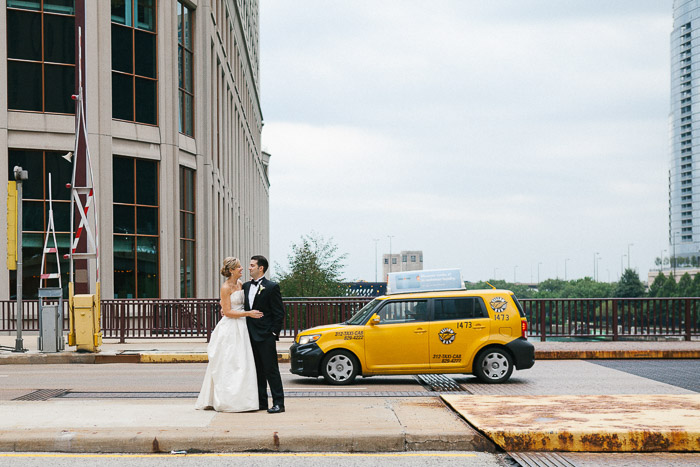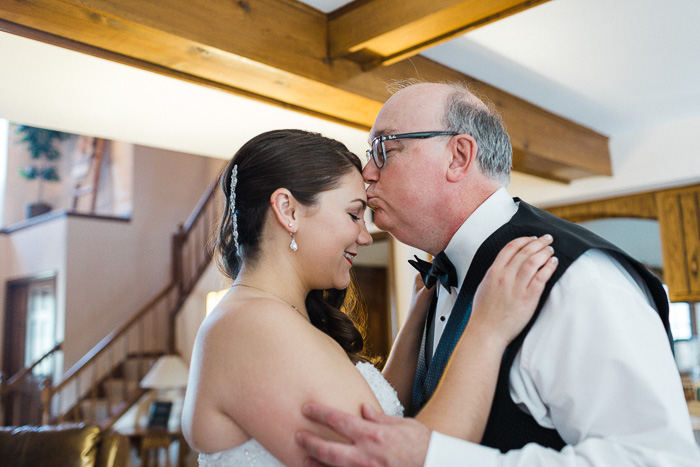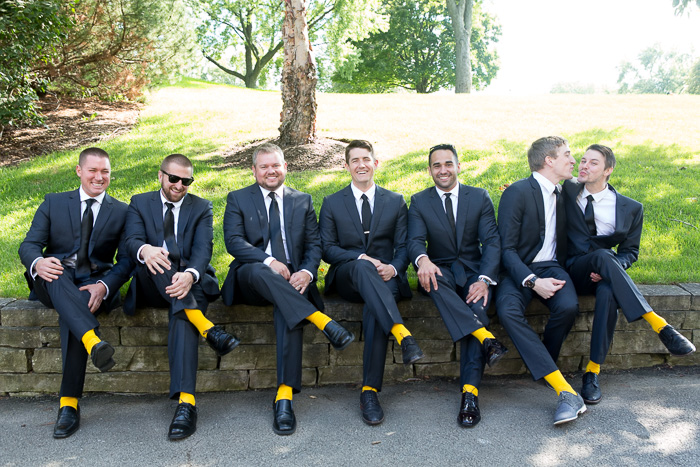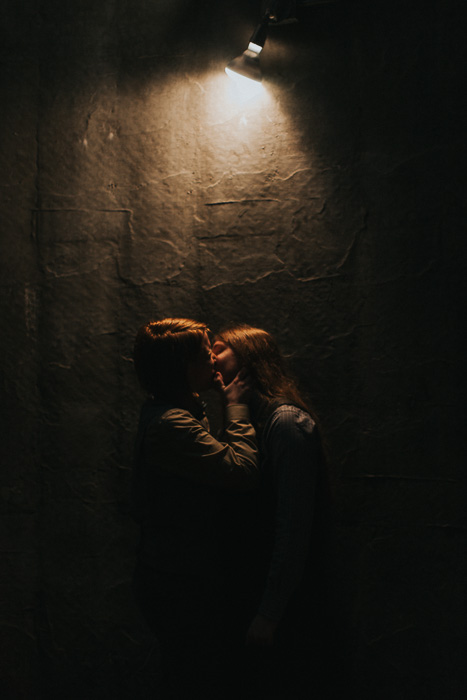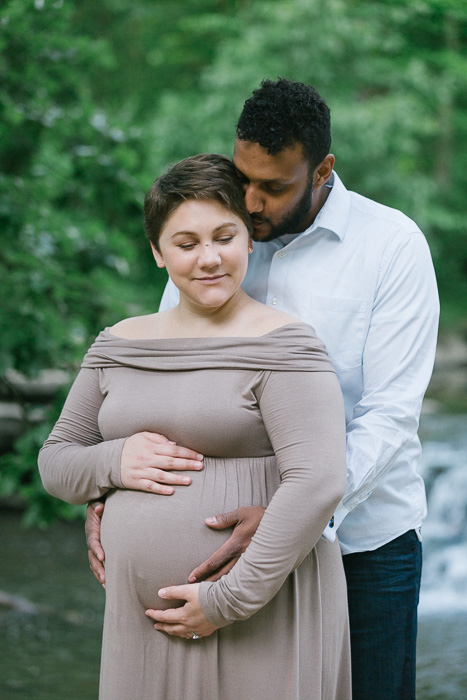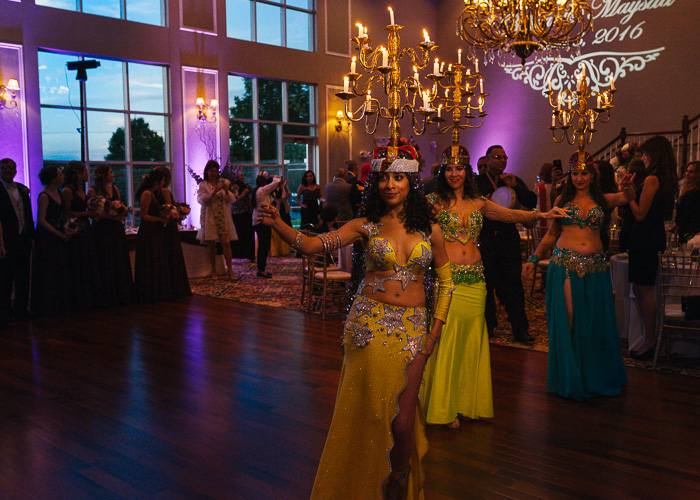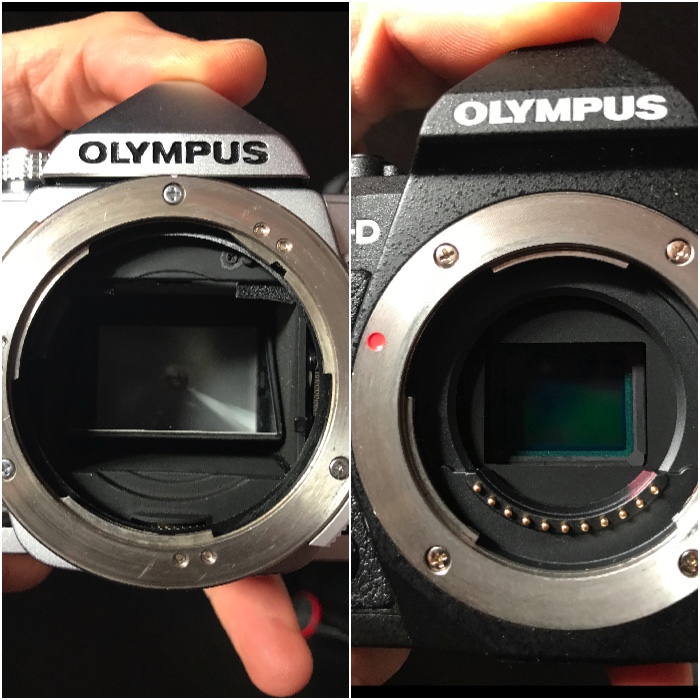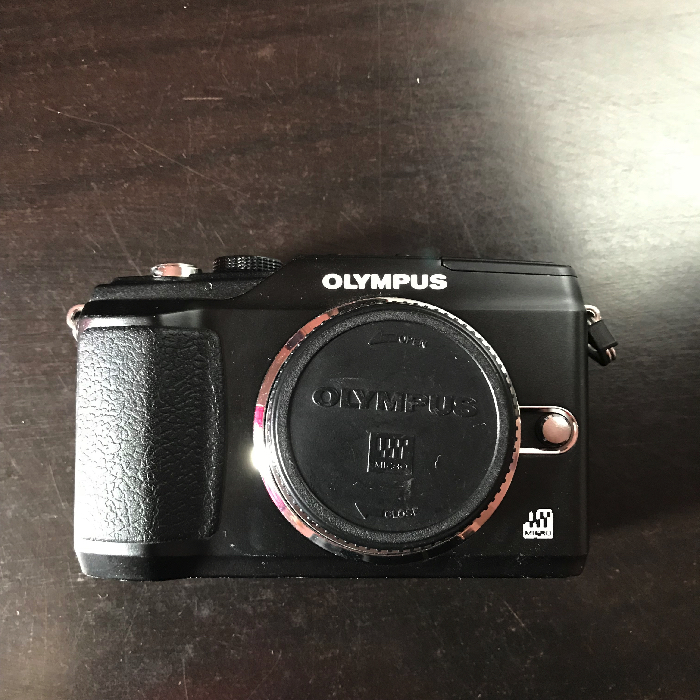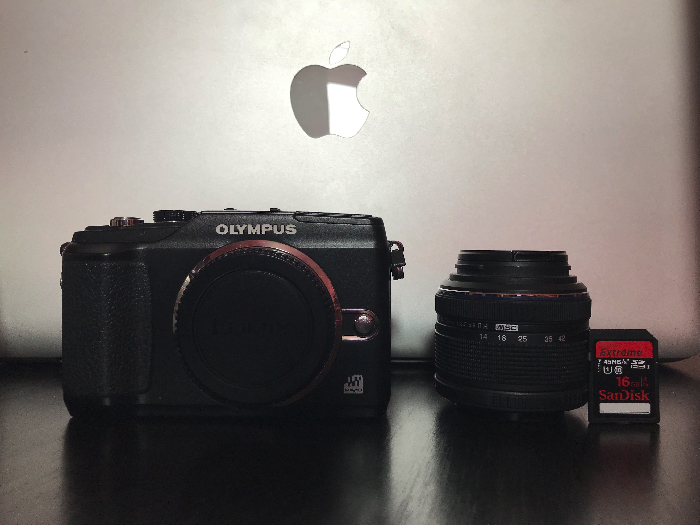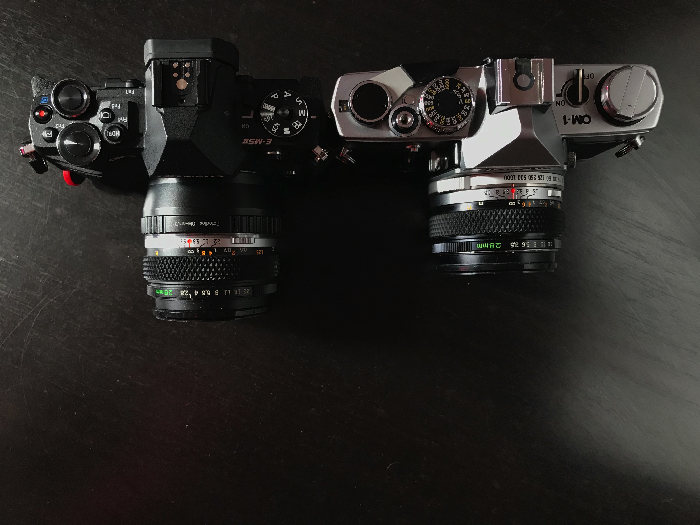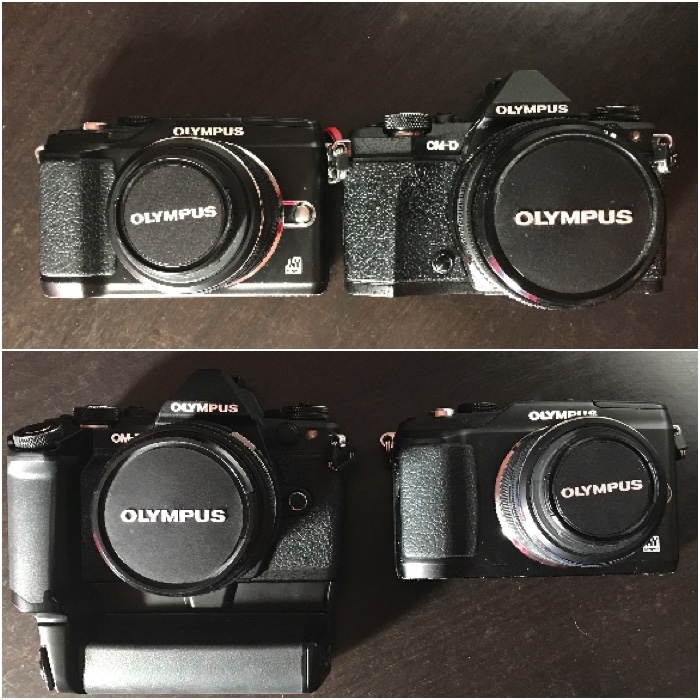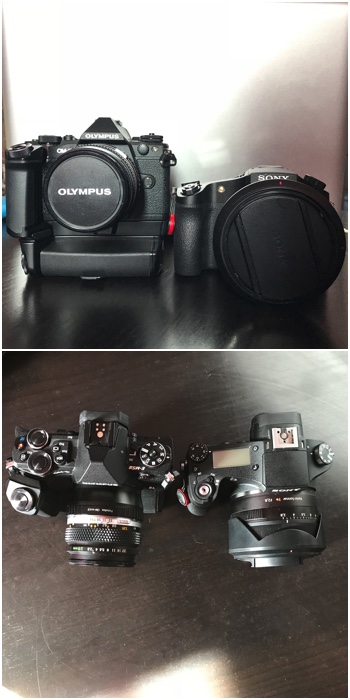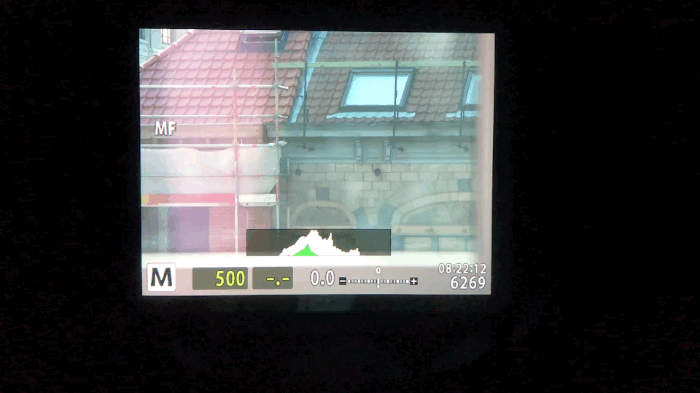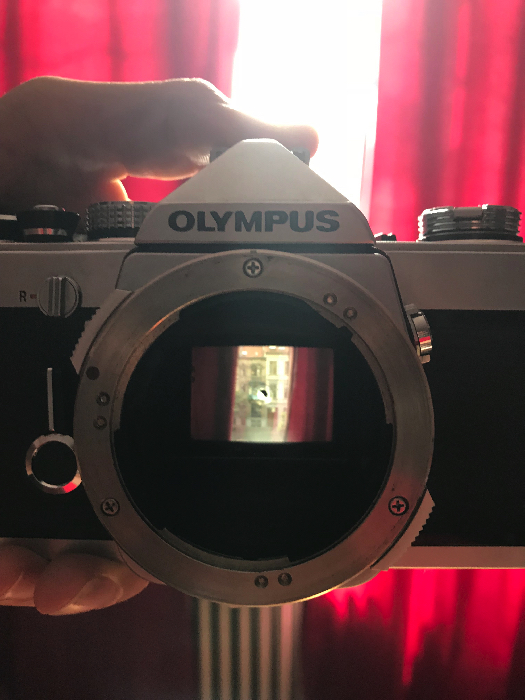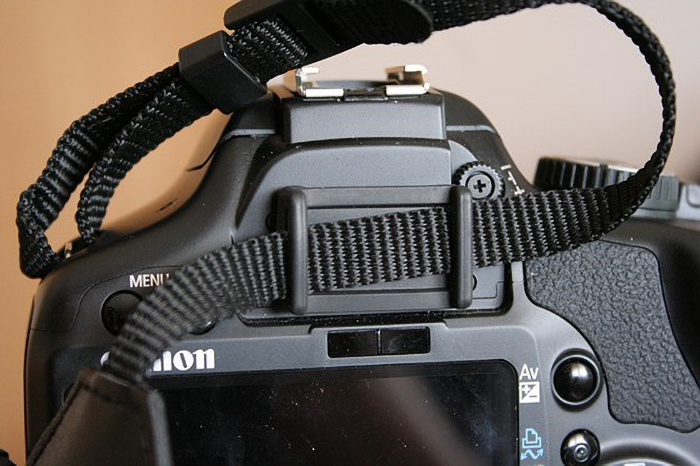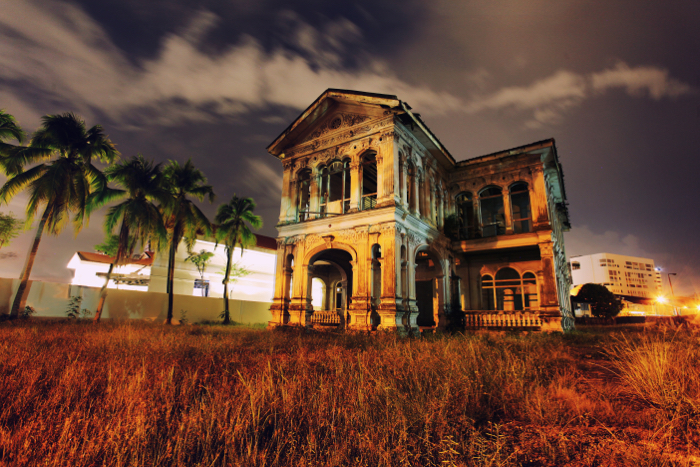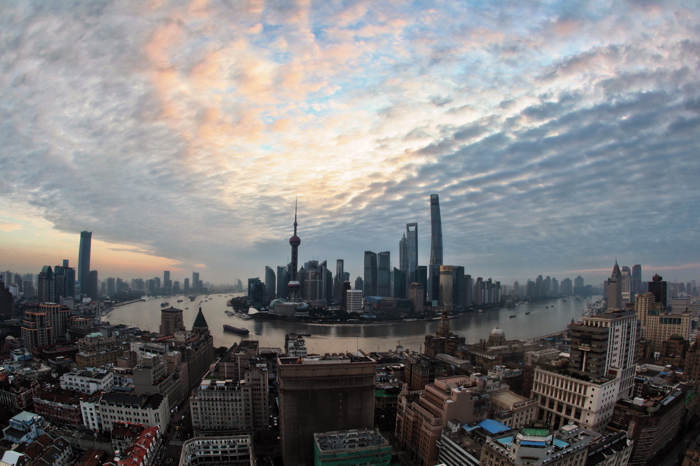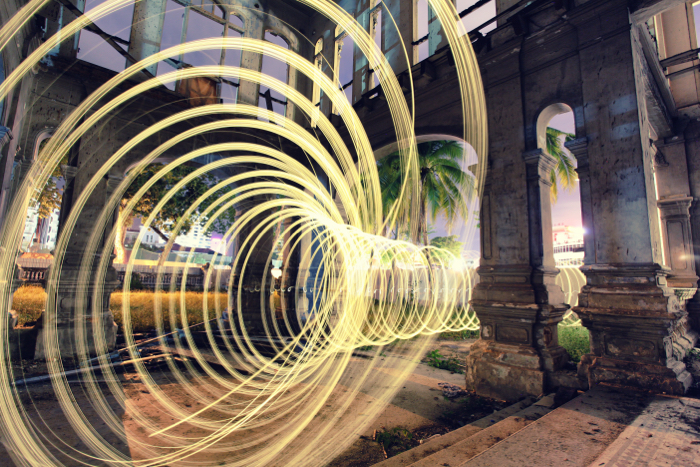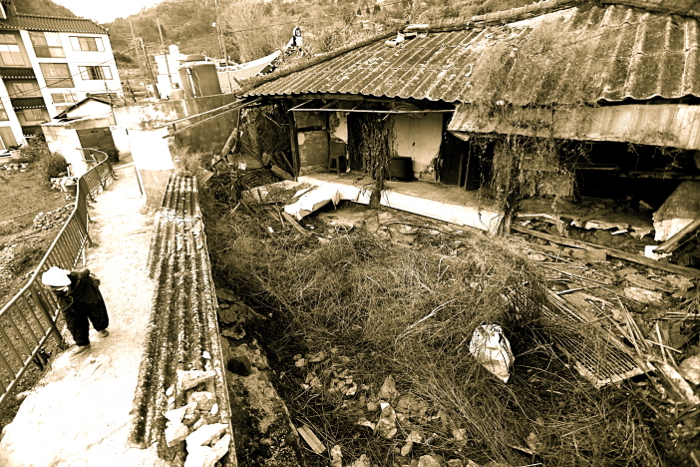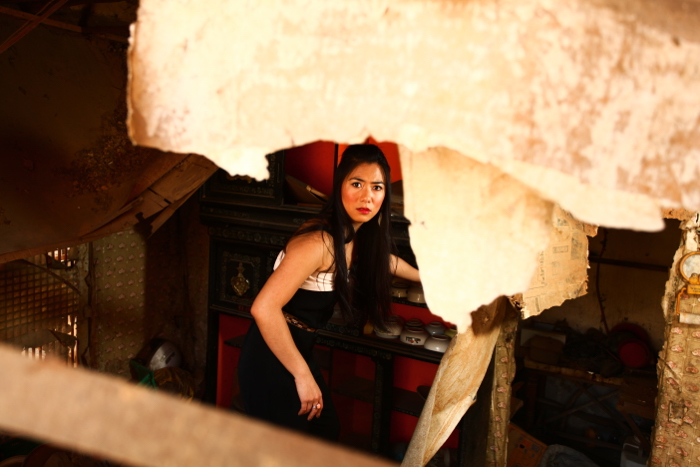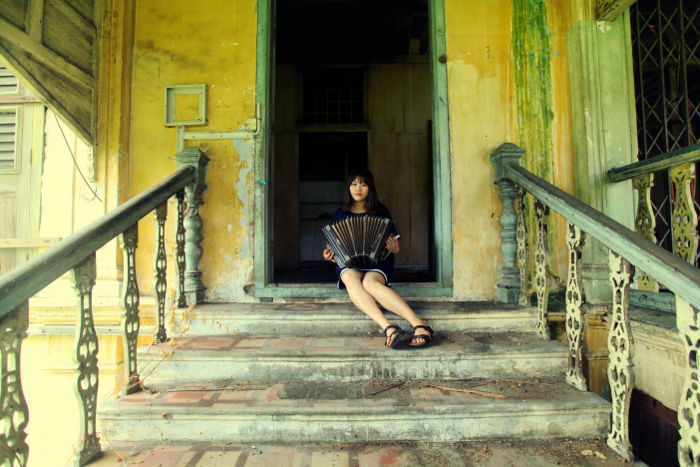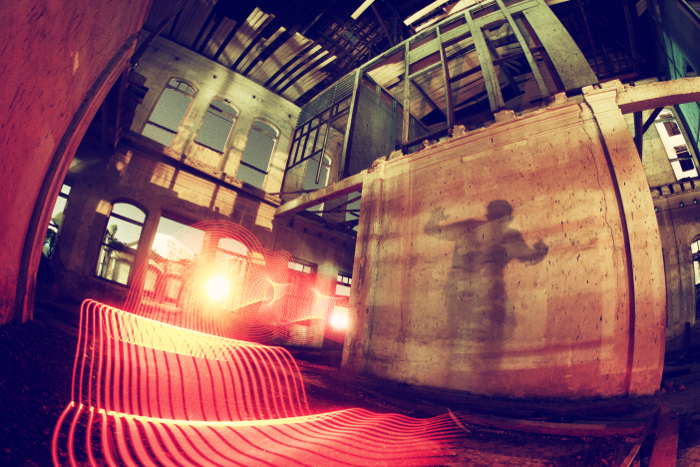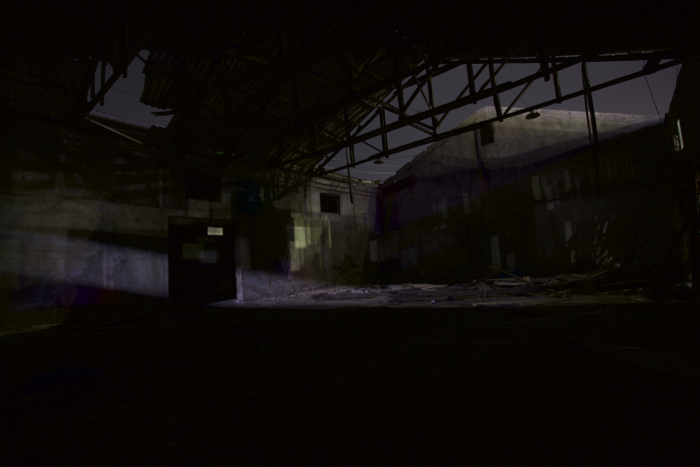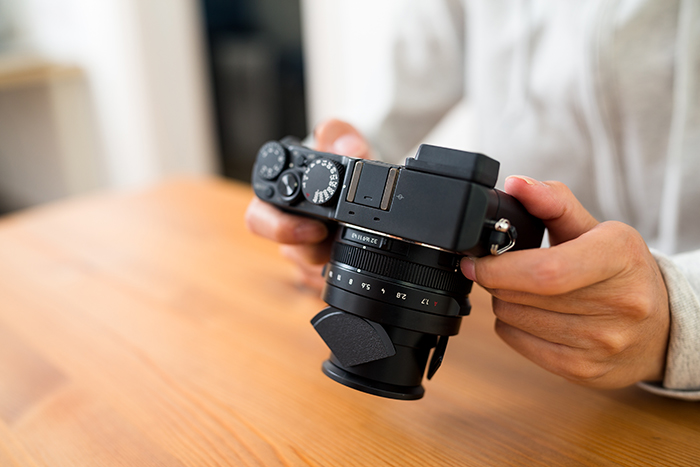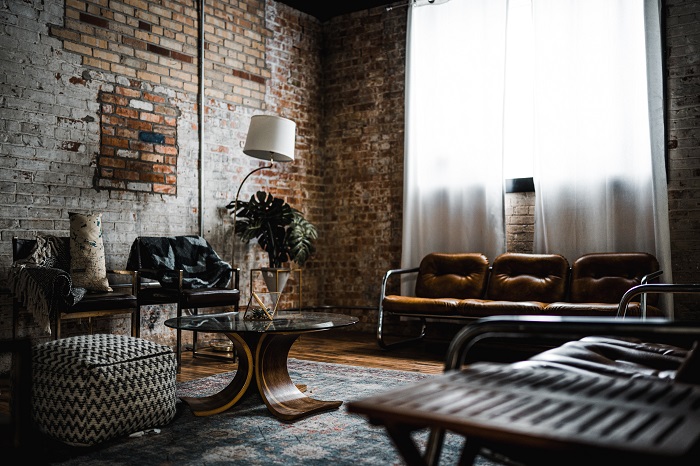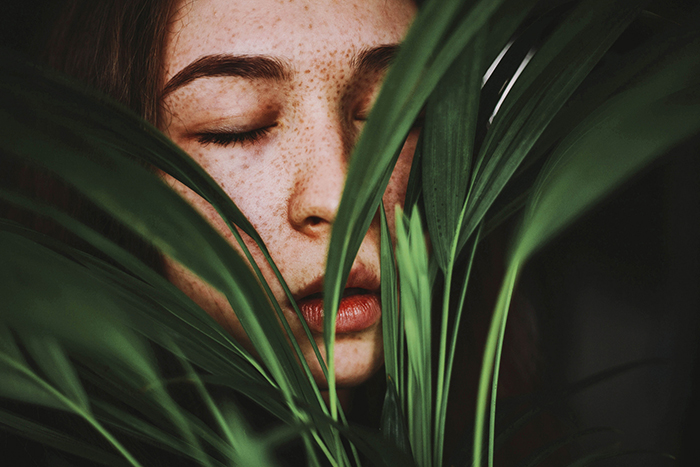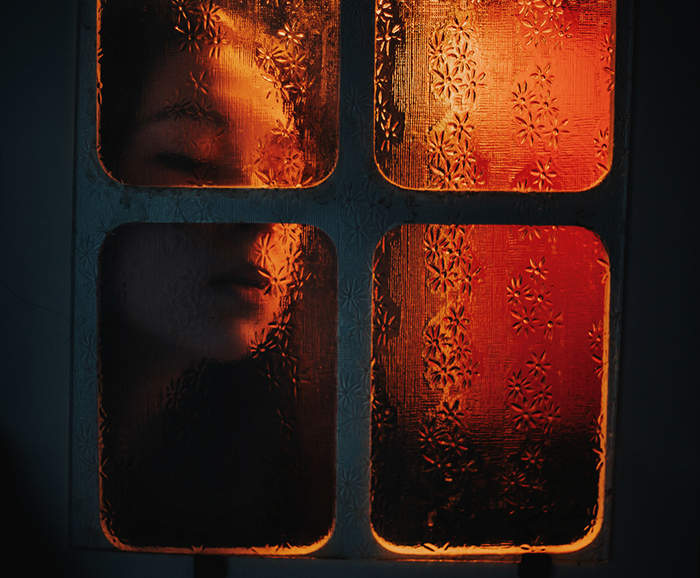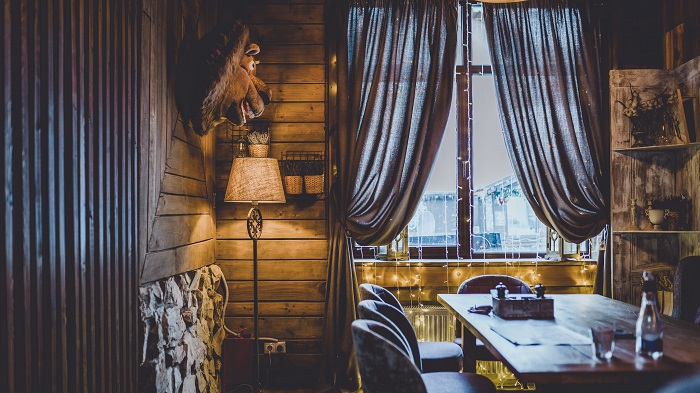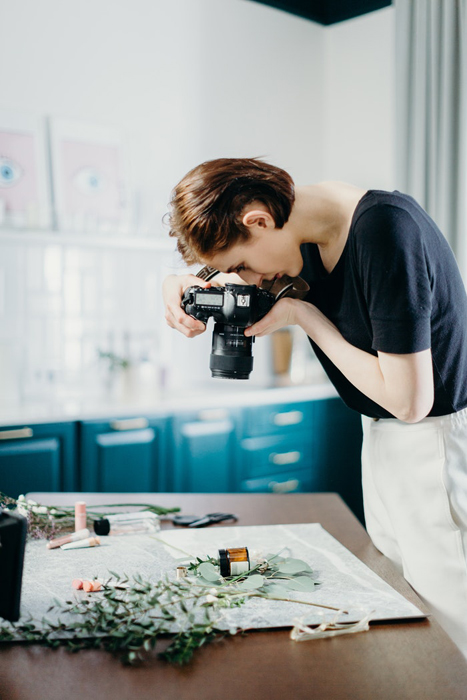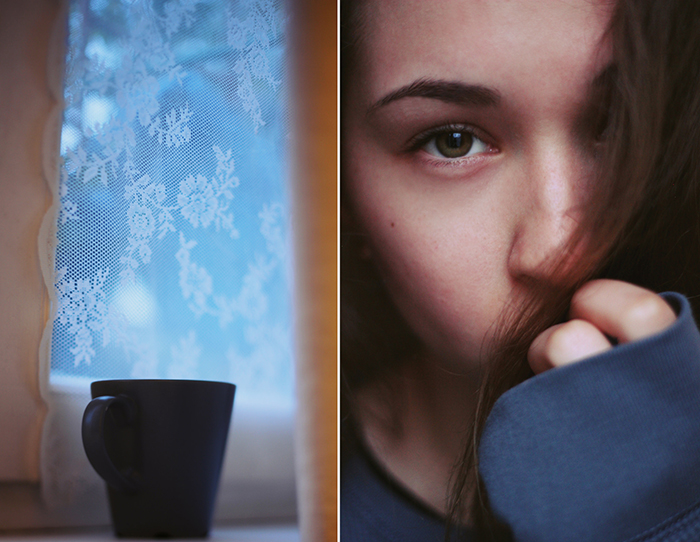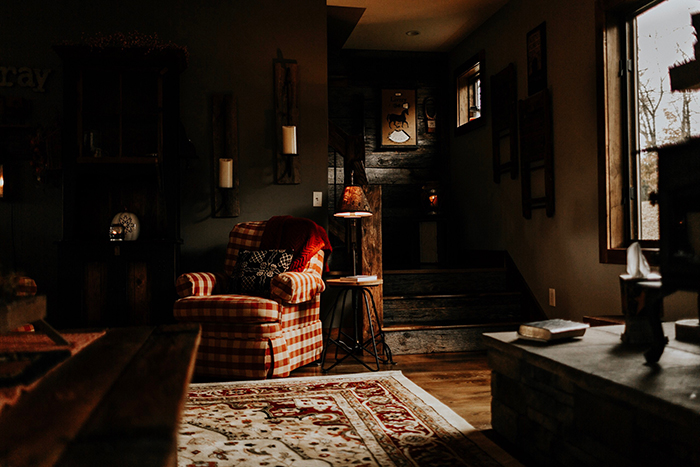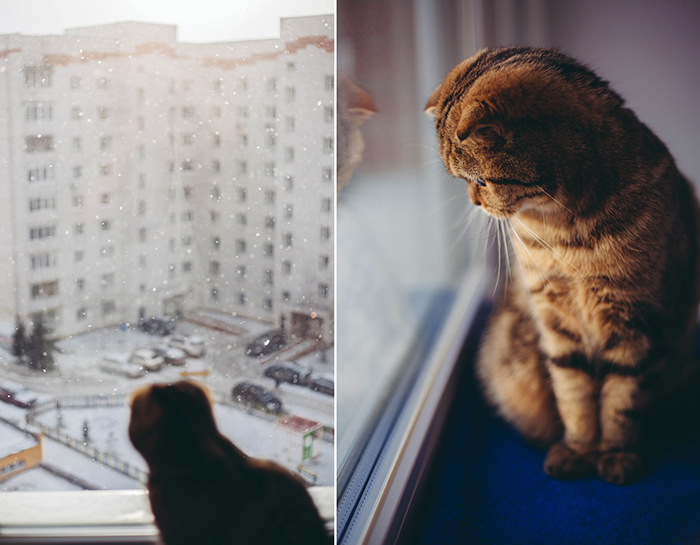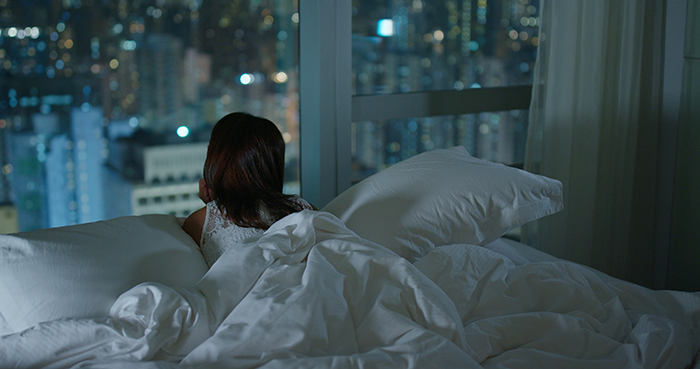10 Tips for Better Engagement Sessions
If you’re just starting out in engagement photography, these 10 tips are for you.
Photographing a couple for their engagement session is a very emotional and meaningful way to capture your clients as they are before the wedding day.
It’s a chance for them to take a more relaxed approach and for you to get to know them a little better.
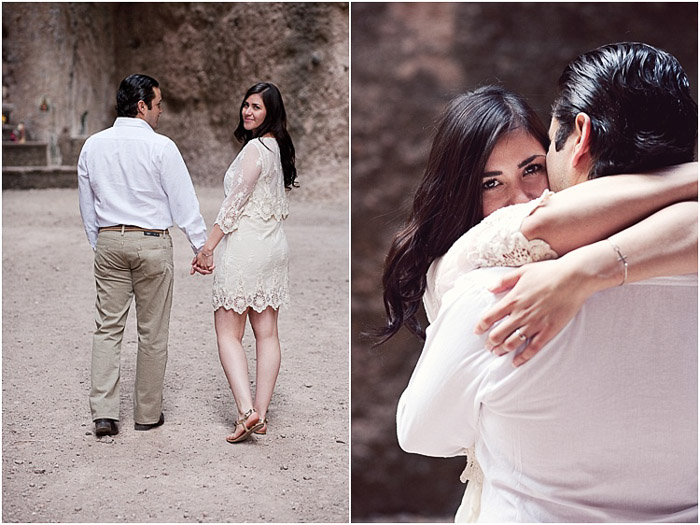
1. Chemistry and Couple Poses
Not all couples are the same. This means that not all couples will feel comfortable kissing and showing lots of public displays of affection.
It’s really important you ask your clients if they are comfortable with kissing or any other form of PDA. You can do this at the pre-consultation or at the time of the session.
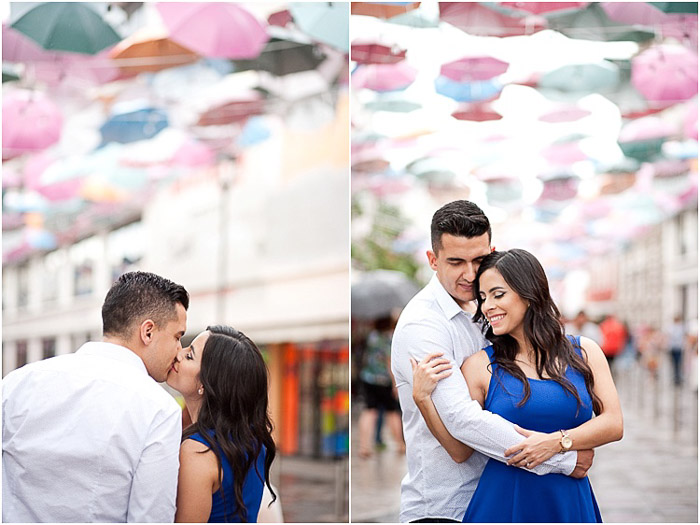
Having said that, it is also true that not all couples are the lovey-dovey romantic types. Before even setting up the first couple pose, talk to your clients about how they met, what they do for work, and try to find out what vibe they are giving off.
Some couples are more playful and will laugh more, others will be more serious, and others will be romantic.
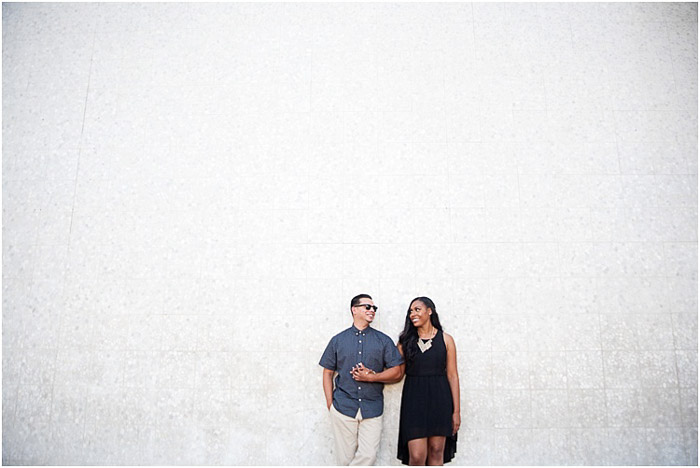
Once you determine the type of chemistry the couple has, set up poses that really highlight it. You should be doing romantic poses on a couple that loves to laugh and play. For example, a couple that is fun will like to joke and perhaps be more active during the session.
You can ask them to jump, dance with each other, look at each other and try not to speak, or simply walking. All of these couple poses will create laughter and fun for them. Sure, you can try pictures where they are kissing, but you’ll most likely get laughing photos which is who they are as a couple and that is what you are there to capture.
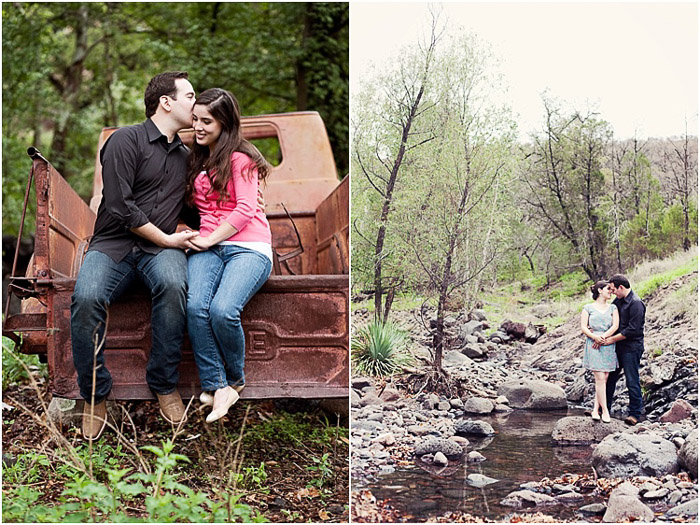
For a romantic couple, having them jump or splash at the beach isn’t going to look very natural for them. So rather, try poses where one person leans into the other and they both look down at their hands.
Or have one person kiss the other on the forehead with their eyes closed. When you go along with the natural chemistry of the couple, they’ll loosen up sooner and give you more to work with.
2. Ask Your Clients for Their Favourite Photos
It’s not news that portrait photographers should have a pre-consultation with their clients before the session. This is because you’ll be able to read their chemistry, know what style of photography they’re looking for, and connect with them on a deeper level.
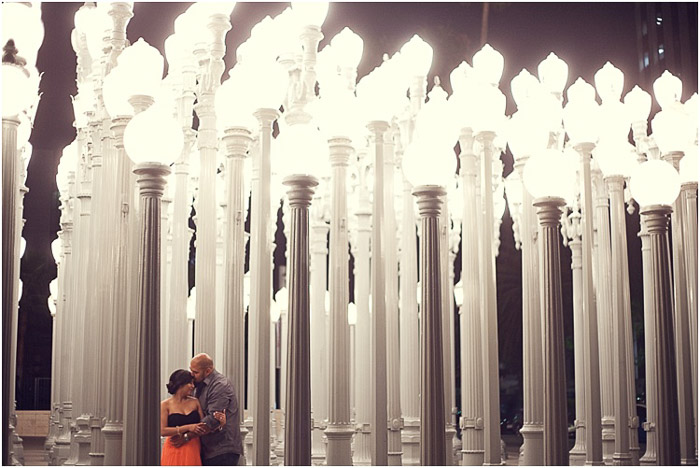
However, many photographers forget this one important step: Ask your clients to send you at least 5-10 favourite photos that you have taken (chosen from your portfolio). This will give you further insight as to what kind of photos really jump out to them that you have already taken.
It could also be that the look they like is one in a forest setting and some cute props and being slightly underexposed. Perhaps they really like the beach couples photos you’ve taken and want to do something similar, with lots of light.
Seeing exactly what they like about your photography is a great tool for you to prepare for the session.
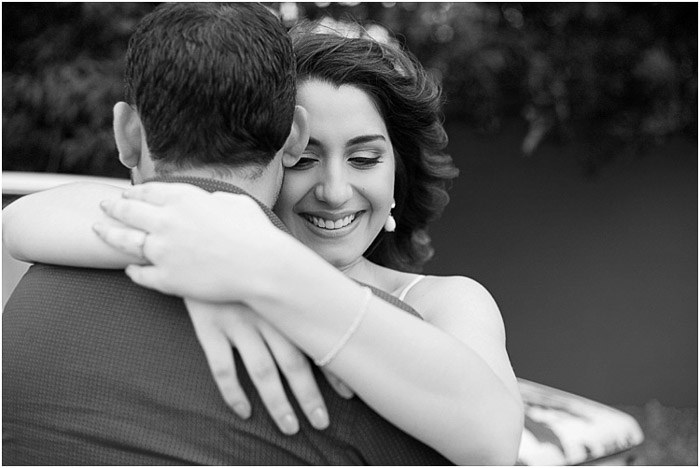
This step also involves your clients in the process and that will make them even more excited to have you photograph them at their engagement photography session.
3. The More Wardrobe, the Better
Engagement photoshoots can get stale and boring really quickly if you only work with one clothing change. Try and encourage your client to bring clothing that is comfortable and that they like to wear.
It’s easy to spot when a client is uncomfortable in front of the camera because of a shirt they don’t feel confident in.
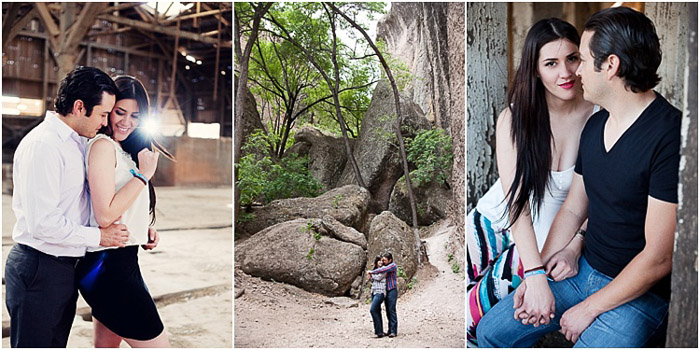
I usually offer these three options:
- Formal wear like a dress or button up and jacket;
- Casual day-date clothing;
- Every day comfortable clothing.
This way, they have three options that offer very different looks to the session. Encourage them to bring more. At the session location, you can choose what will work best. This way, clients don’t feel like they “should have” brought a certain shirt that they really loved.
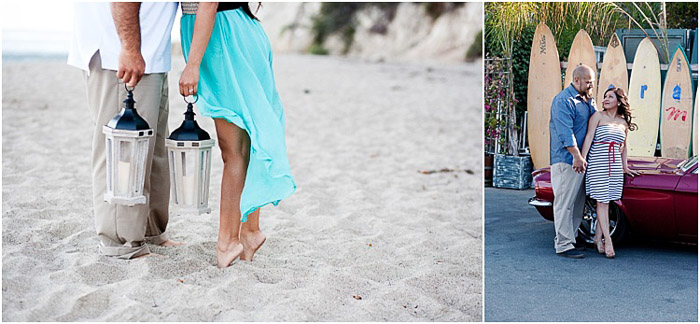
You won’t use all of the clothing they bring. However, allowing you to choose the outfits also gives you creative direction over the final result of the photographs. This is especially helpful if you’re creating a specific portfolio to target specific clients.
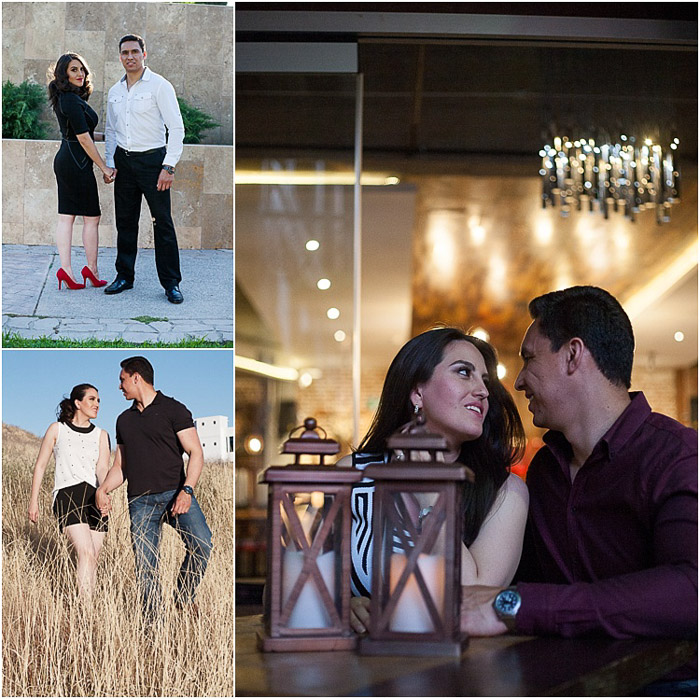
One important note is to make sure to tell your female clients to not worry about smudging or wiping off makeup. When they are conscious of their makeup, they often look stiff and don’t act very natural around their partner.
Reassure them that it won’t show and that the makeup is specially designed to not wipe off. This will help them to feel confident to rest their head on their partner’s shoulder or go forehead to forehead.
4. Acknowledge Their Nervousness
Engagement sessions are usually the first professional portrait session that couples have ever had. They are also in the midst of planning a wedding. Adding both factors can leave you with nervous clients.
Let them know that this is okay. They are allowed to feel awkward at first and later they’ll open up.
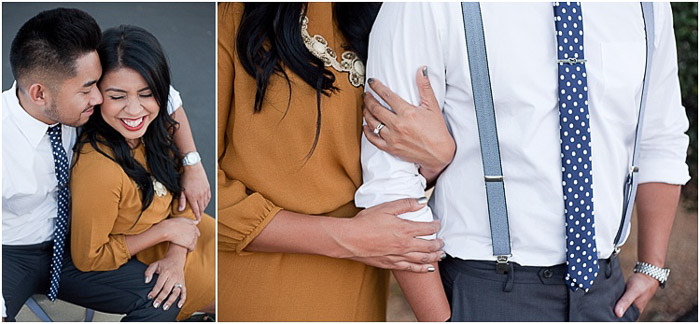
Taking this into account, try to talk and walk with them a little bit so that they loosen up. Talking helps to break up the silence so that they don’t feel intimidated by the camera. Try poses that are more loosely directed and let them talk to each other a bit before the session.
Ask if a little music would help to lighten the mood. Sometimes this can break up the silence if they’re more introverted.
5. Create an Experience
Most people, not just couples, aren’t professional models. They have no idea what they’re doing. It is your job as the photographer to lead your clients through the portrait experience. This means that you show them how to pose rather than direct or bark orders. It also means that you allow the session to evolve organically.
What do I mean by this? It means that when you pose a couple, let them sit there a while. Let them enjoy the closeness, the laughter, the surroundings. This is where you take photo after photo grabbing all of the in-between moments that are natural and authentic.
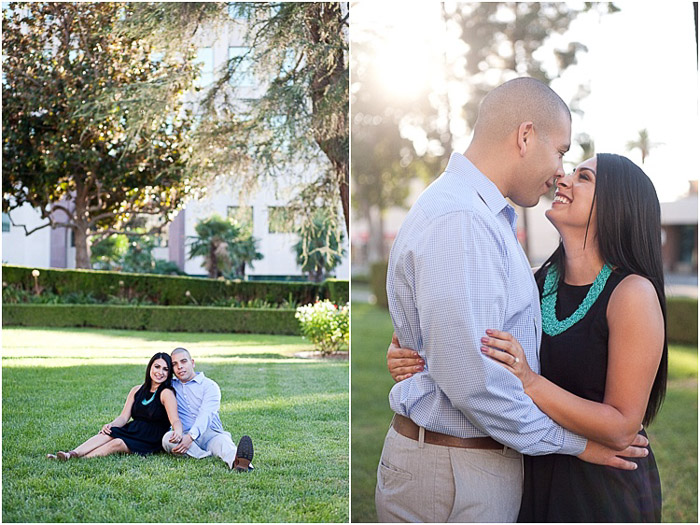
Talk softly and slowly. Allow them to enjoy themselves without feeling rushed. If a pose isn’t working, just move them into a different one. Stay positive always and smile as much as you can.
Showing them a few photographs from the start can boost their confidence as well and in no time you’ll have a couple who is more into the session than they were in the beginning.
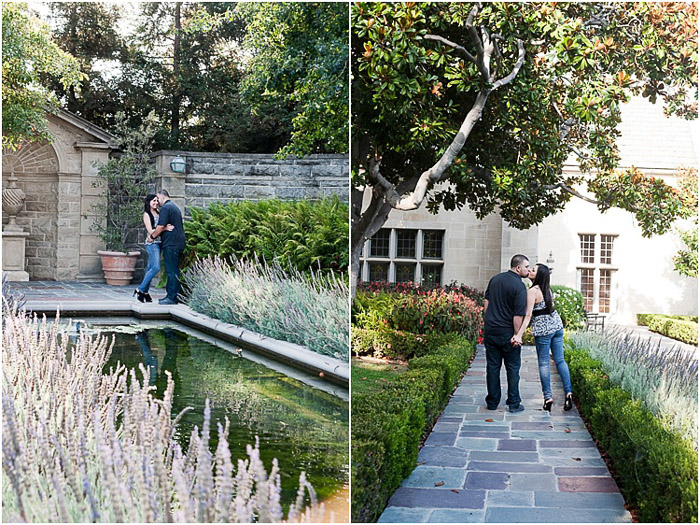
Talk to your clients and ask them if there is a special location that they would like to have their session at. Sometimes, couples don’t think about these locations at first but when you choose a location, for example, the place where they got engaged or had their first date can make the session and photographs much more meaningful.
It will also be fun to get to know more of their story, adding to the overall experience.
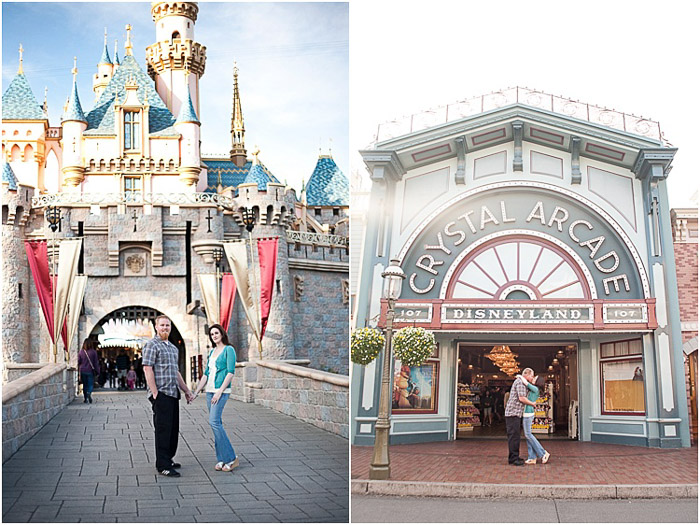
6. Keep Them Moving
Keep the couple walking from spot to spot at the location you have chosen so that they don’t get bored posing too long in the same spot. This also helps with giving their hands something to do.
Have them walk, stop, give a kiss, and keep moving on.
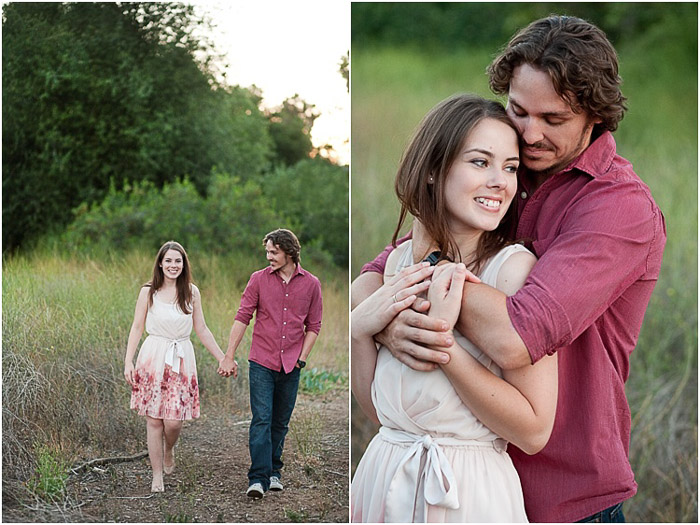
Moving from spot to spot after about 10-20 photographs is a good rule of thumb. This will also help you to keep your creative ideas flowing as you move to a new spot with perhaps more interesting light or background.
Also, keep them moving within the same pose. Have them look toward you, away from you, switch sides, etc. The more variety you can give your clients the better.
7. Don’t Be Afraid to Experiment
Sessions should always focus on the client, after all, the photos are theirs. However, this doesn’t mean that you can’t experiment a little during the session. Perhaps you saw a photo in a magazine that you’d really like to try with the couple, go for it.
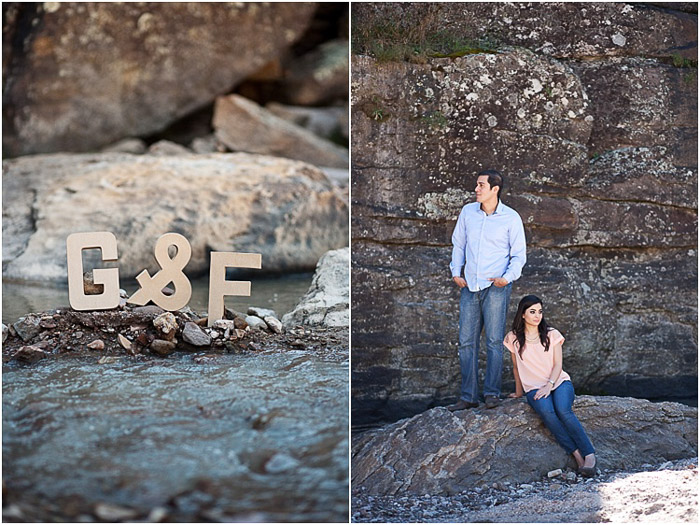
Sometimes, the experimental photos become favourites for all. It also helps you to capture real clients with a look that perhaps you are trying to market to future clients. Just make sure that you’ve taken the photographs that your clients do want before you transition into taking experimental photos.
This way, you are covering all of your bases and don’t leave your clients confused when they see the final images.
8. Children and Dogs
You’ll encounter lots of different couples and some will have children and/or dogs that they’d like to join the session. If this is the case, break up the engagement shoot in two parts. The first part, you’ll have the children or dogs join the session.
After some great photos are taken, have an extra family member help with taking the children or dogs home, or watch over them.
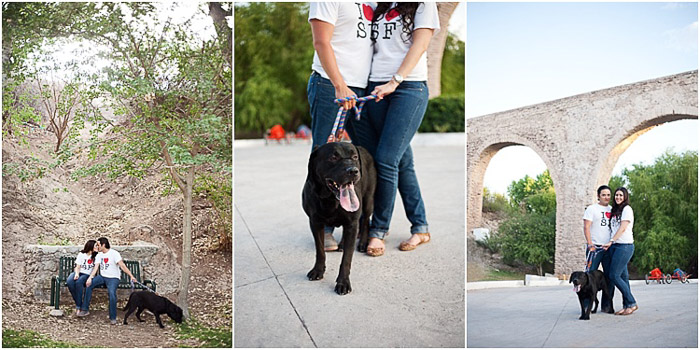
Doing this gives your clients a very special portrait session experience by including the entire family but also allowing time to photograph them alone.

Your clients will appreciate the gesture and will surely return to you for more family photos in the future.
9. Have Fun with Engagement Photography
Chances are you and your clients get along really well and therefore you can have a lot of fun! Don’t be afraid to joke around and get into the experience with them. If you are having fun, they most certainly will also.
Engagement photography shoots can feel awkward and the couple is usually nervous so being positive and light can give them the best experience.
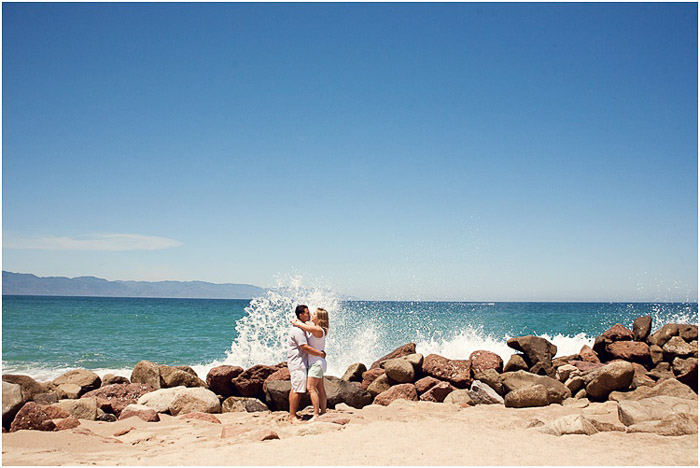
Giving clients a great experience is what they will remember the most. When they see the final images, they’ll remember how much fun you were and how much they enjoyed having their photos taken.
10. Take Individual Photos
Even though engagement photos are about two people, take individual photos of each person too. Make each of them feel like they also stand alone and together. This helps to break up the session and posing for the couple who can get stiff after a while or bored with the poses.
Take close up, mid focal length, and full body pictures of each person. To get real expressions have the other person joke about the photos or something funny.
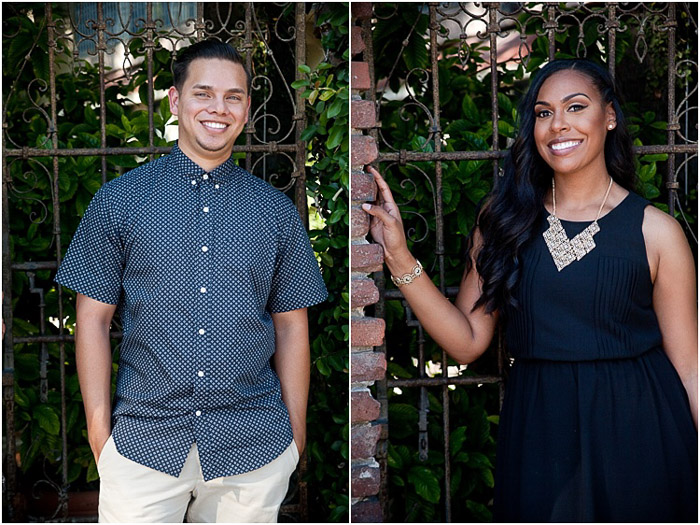
These tips are important to take note of as they can make the engagement photography session experience a fun, happy, and exciting one for both you and your clients.
It will have them coming back to you for the wedding, their first family portrait, and beyond.
---------------------------------------------------------------------------------------------------------------------
PHOTOGRAPHY FREEBIE:
How to make money with your Photography even if you're not a Pro.
Copy & paste this link into your browser, click ENTER, and enjoy:
https://mrdarrylt.blogspot.com/2020/01/how-to-make-500-month-from-your.html
or
https://www.photography-jobs.net/?hop=darryl54
----------------------------------------------------------------------------------------------------------------------
Visit me on Facebook and post your pictures.
https://www.facebook.com/Darryl-T-363867387724297/
